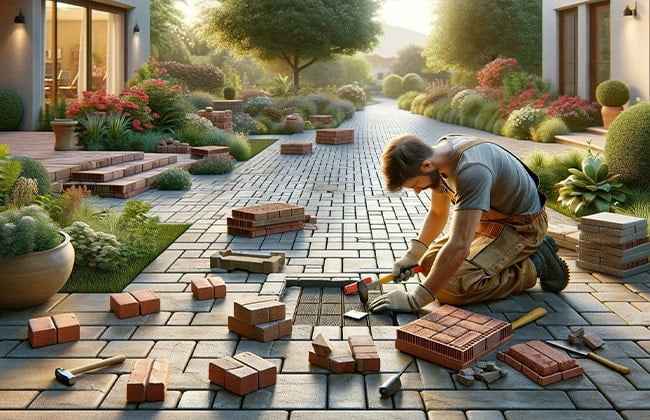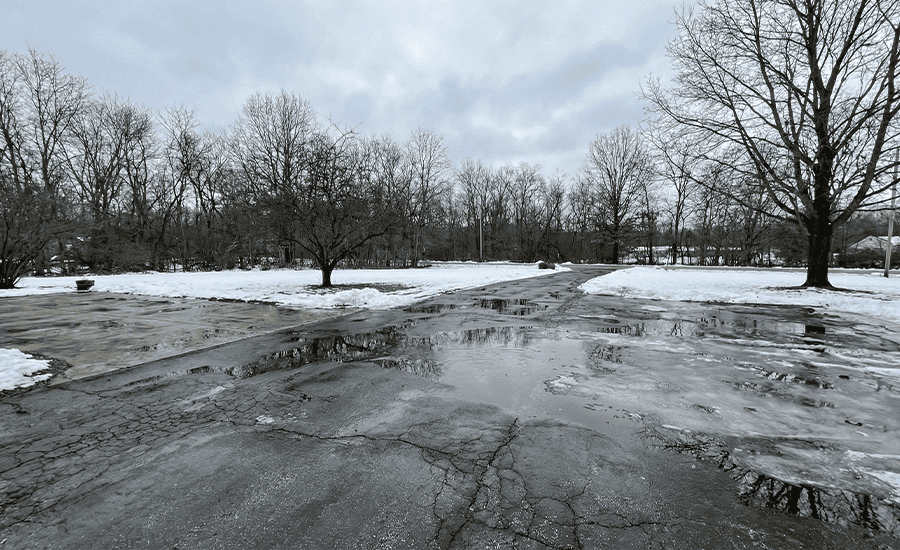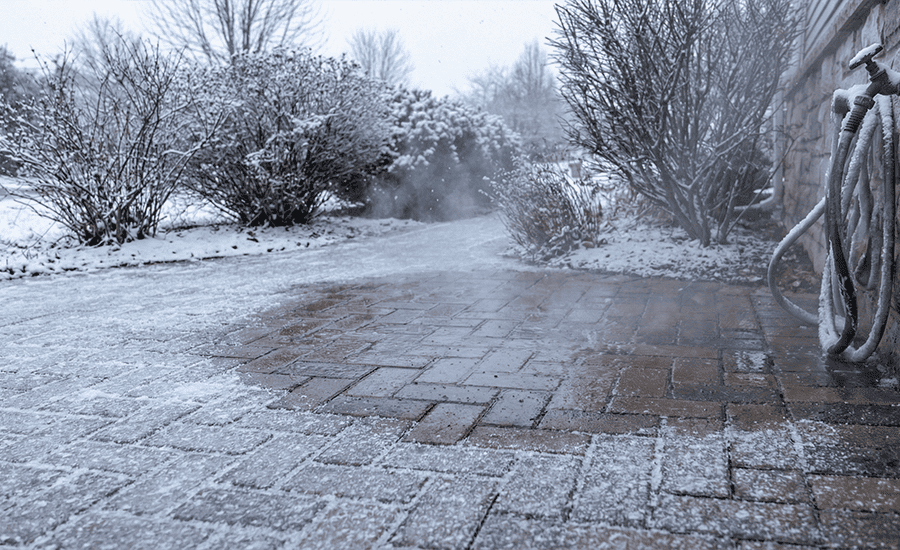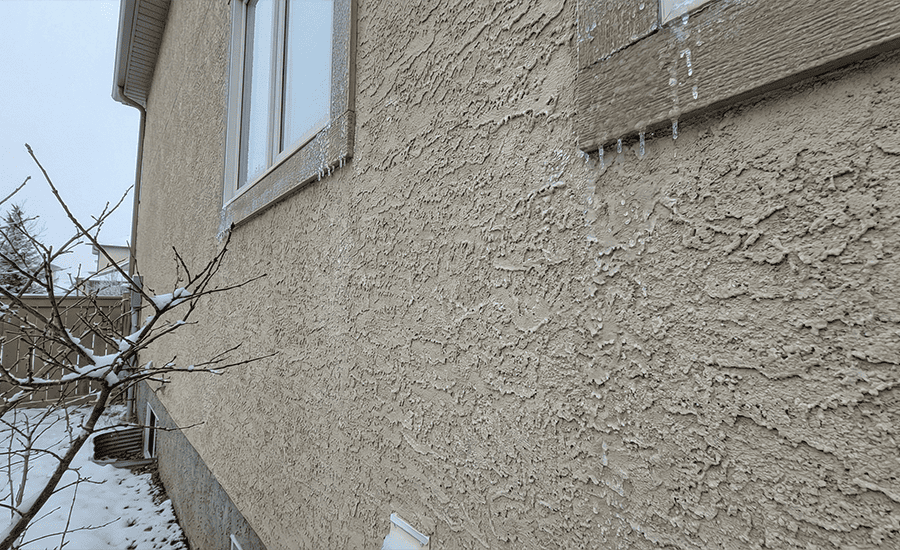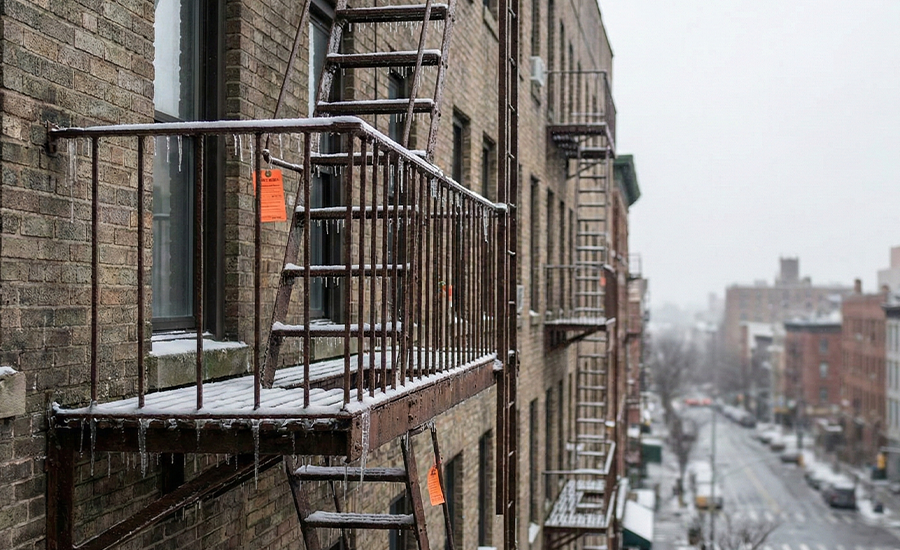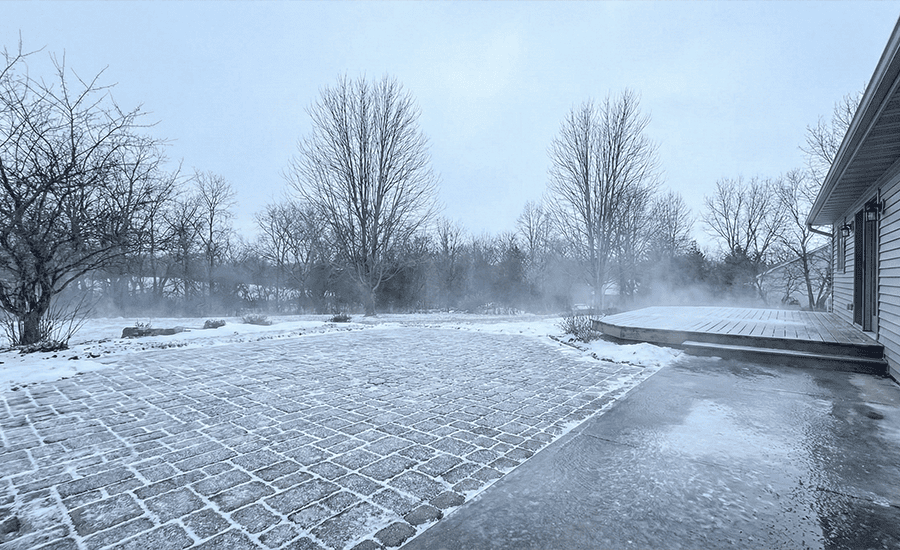Brick paver repair is a crucial aspect of maintaining the aesthetic and functionality of your outdoor spaces. These durable and visually appealing elements, commonly used in patios, walkways, and driveways, face various challenges over time. From weather-induced wear and tear to accidental damage, the need for effective repair solutions is inevitable. This comprehensive guide delves into the essential techniques and best practices for brick paver repair, ensuring your outdoor areas continue to enhance your home’s beauty and value. With practical tips and expert advice, we’ll help you navigate the process of repairing and preserving your brick pavers.
What are Brick Pavers?
Brick pavers, commonly used for outdoor surfaces like patios, walkways, and driveways, are small, rectangular blocks made from clay or concrete. Their popularity stems from their durability, aesthetic appeal, and the timeless look they impart to outdoor spaces. Brick pavers are known for their ability to withstand heavy foot traffic and adverse weather conditions, making them a long-lasting choice for outdoor applications.
The Composition of Brick Pavers
Brick pavers are typically made from a mixture of clay and shale, which is kiln-fired to create a hard, sturdy block. This process gives them their distinctive color and strength. Concrete pavers, on the other hand, are made from a mix of cement, sand, gravel, and dye to mimic the look of real brick.
Recognizing Common Paver Problems
- Cracking: Cracks in brick pavers can be caused by heavy loads, ground movement, or extreme temperature changes.
- Shifting: Improper installation or a weak base can lead to shifting of pavers, causing uneven surfaces.
- Staining: Spills, moss, and mildew can stain brick pavers, affecting their appearance.
Step-by-Step Guide to Brick Paver Repair
1. Assessing the Damage
Begin by carefully inspecting each paver for signs of damage. Look for cracks, chips, unevenness, or loose pavers. Assess the extent of the damage to determine whether a simple repair will suffice or if more extensive work is needed.
2. Essential Tools and Materials
For basic repairs, you will need:
- Replacement pavers
- Sand
- A chisel and hammer
- A rubber mallet
- A broom
- Polymeric sand (for joint stabilization)
- A level
Repair Techniques for Common Issues
- Loose Pavers: Remove the loose paver and inspect the base. Relevel the base using sand, replace the paver, and gently tap it into place with the rubber mallet.
- Cracked Pavers: Pry out the damaged paver using a chisel and hammer, then replace it with a new one.
- Uneven Pavers: Remove the uneven pavers, relevel the base, and replace the pavers, ensuring they are level with surrounding pavers.
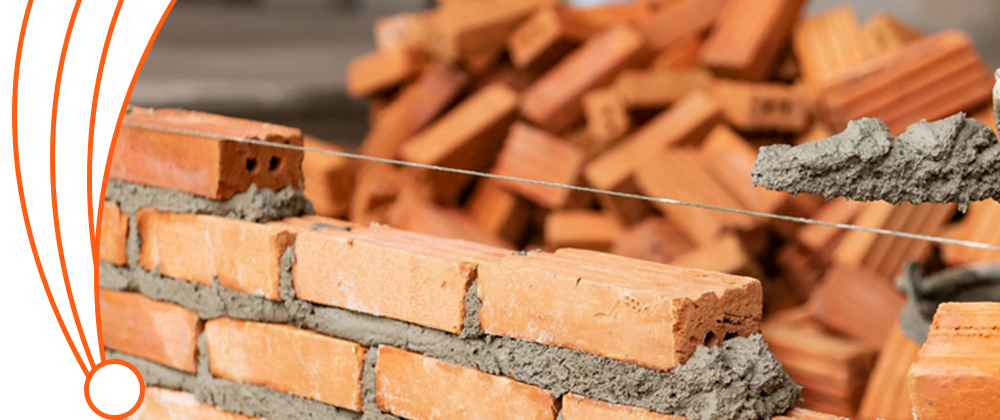
Preventive Measures and Regular Maintenance
1. Effective Cleaning Techniques
Regular cleaning is vital for maintaining the appearance and longevity of brick pavers. Use a mixture of water and mild detergent to gently scrub the pavers. For tougher stains, a commercial paver cleaner can be used.
2. Sealing for Longevity
Sealing brick pavers can protect them from stains, fading, and weather damage. Choose a sealant appropriate for your paver type and apply it according to the manufacturer’s instructions.
Advanced Repair Techniques
1. Dealing with Severe Damage
In cases of severe damage, like extensive cracking or subsidence, the entire area may need to be relaid. This involves removing all pavers, re-preparing the base, and relaying the pavers.
2. Professional vs. DIY Repair
You can undertake minor repairs as a DIY project, but professionals should handle extensive damage to ensure durability and safety.
Cost Considerations in Brick Paver Repair
1. How to Estimate Costs for Brick Paver Repair
The cost of brick paver repair can vary widely depending on the extent of the damage and the cost of materials and labor in your area. For minor repairs, costs may be low, but extensive repairs will be more expensive.
2. Budget-Friendly Repair Tips
To keep costs down, consider doing minor repairs yourself, sourcing materials at a reasonable price, and maintaining your pavers regularly to prevent major damage.
Conclusion:
In conclusion, effective brick paver repair is key to sustaining the beauty and integrity of your outdoor spaces. Whether addressing minor cracks, dealing with shifting pavers, or undertaking more extensive repairs, the right approach can restore and prolong the life of your pavers. Remember, regular maintenance and timely intervention are your best allies in preserving the charm and functionality of your brick pavers. With the knowledge and tips provided in this guide, homeowners can confidently tackle brick paver repair, ensuring their outdoor spaces remain both attractive and durable for years to come.
FAQs:
Q: How often should I perform brick paver repair for maintenance?
A: You should perform regular maintenance and repair on brick pavers at least once a year. However, it’s advisable to inspect your pavers seasonally and address any emerging issues promptly to prevent further damage.
Q: Can DIY brick paver repair be as effective as professional services?
A: DIY brick paver repair can be effective for minor issues like replacing a few pavers or filling in small cracks. For complex repairs, professional expertise ensures longevity and safety.
Q: What are the best materials to use for brick paver repair?
A: For brick paver repair, use quality replacement pavers, sand for leveling and filling gaps, and a suitable sealant to protect the pavers from weather and wear.
Q: How can I prevent damage to my brick pavers?
A: Prevent damage to brick pavers by ensuring proper installation, regular cleaning, sealing the pavers every few years, and addressing minor repairs promptly to avoid escalation.
Q: Is it necessary to seal brick pavers after repair?
A: Sealing brick pavers after repair is highly recommended. It protects them from stains, weather elements, and extends their lifespan, keeping them looking pristine.



